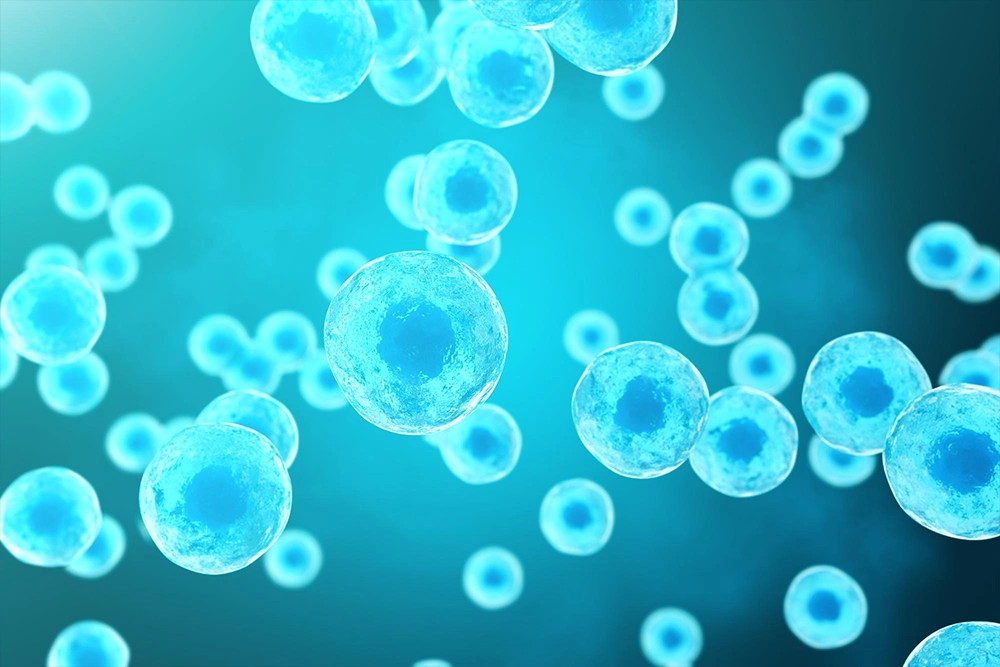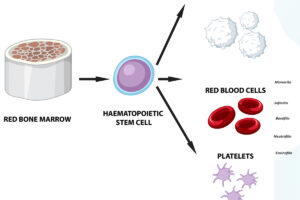Regenerative Medicine


REGENERATIVE MEDICINE: Platelet-rich Plasma injections for arthritis and tendonitis
Platelet-rich Plasma injections for joints and tendons are becoming more popular. They form part of the new field of regenerative medicine for use in joints and tendons to reduce pain and encourage healing. We take your own blood, process it and inject it into the affected area.
What is Platelet-rich Plasma?
PRP or platelet-rich plasma is a sample of blood with a concentration of platelets greater than whole blood. Platelet-rich plasma or PRP comes from whole blood. We obtain blood from a vein in the patient’s arm. The spinning of the blood forms different layers: red cells, white cells, and plasma. The plasma component, which contains high levels of platelets. is separated and injected into joints or tendons. Red and white cells are removed. We remove the red cells as we know that these red cells break down cartilage and stimulate inflammation an effect we don’t want.
Why do we want a higher concentration of platelets?
In general, different PRP systems produce different concentrations of platelets. For example, some systems produce platelet concentrations of just above 1.5X whole blood. However, other systems can produce platelet concentrations of greater than 5X whole blood. As yet, we don’t
know whether a higher concentration of platelets produces a greater effect.
What is the difference between leucocyte-poor vs leucocyte-rich PRP?
Recent evidence suggests that leucocyte-poor is better for arthritis, but leucocyte-rich is better for tendonitis. However, we need to do more studies before we can give a definite recommendation. know whether a higher concentration of platelets produces a greater effect.

How do Platelet-rich Plasma injections reduce pain?
There are many studies analysing the effects of PRP on cells and tissue in a lab. Platelets are important cells that control clotting. They contain a high concentration of growth factors. These growth factors control inflammation and healing. Injecting platelet-rich plasma into a joint or
tendon leads to the release of growth factors improving the local environment. Ultimately, this leads to a lower level of pain and tissue healing.
According to NICE a body in the UK that assesses treatments PRP reduces pain and potentially delays the need for a knee replacement.
In our setup we have had great results with PRP for tendinitis, plantar fasciitis , tennis elbow, partial ligament ruptures and conditions like osteoarthritis of the knee.



